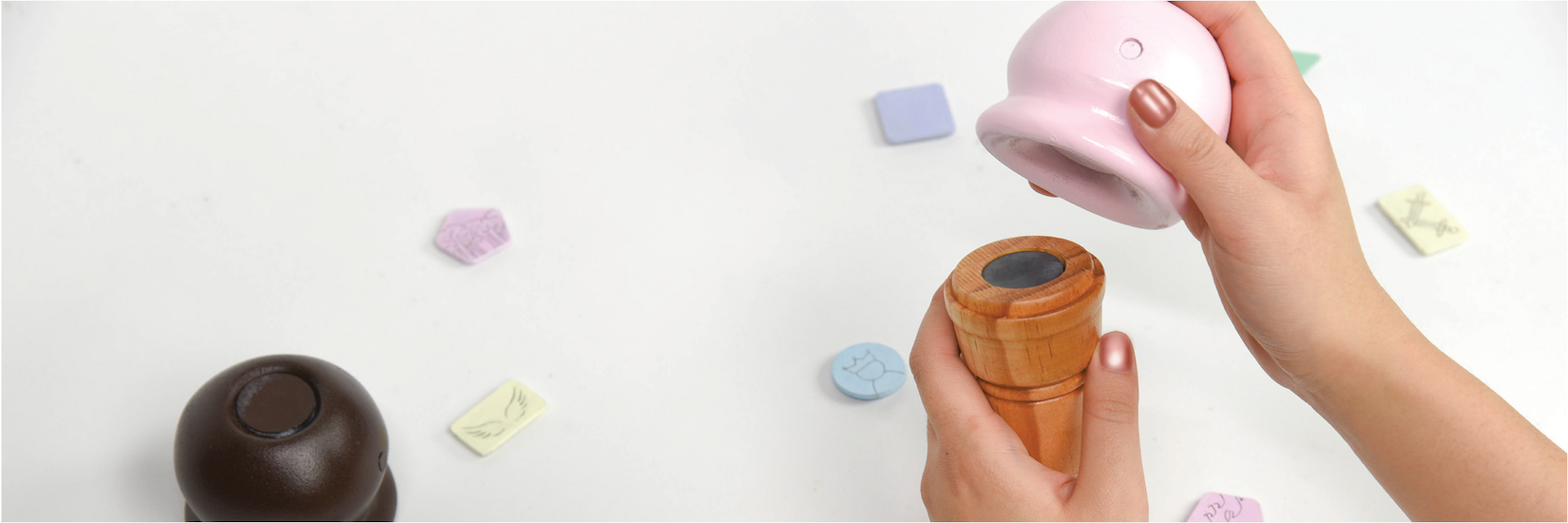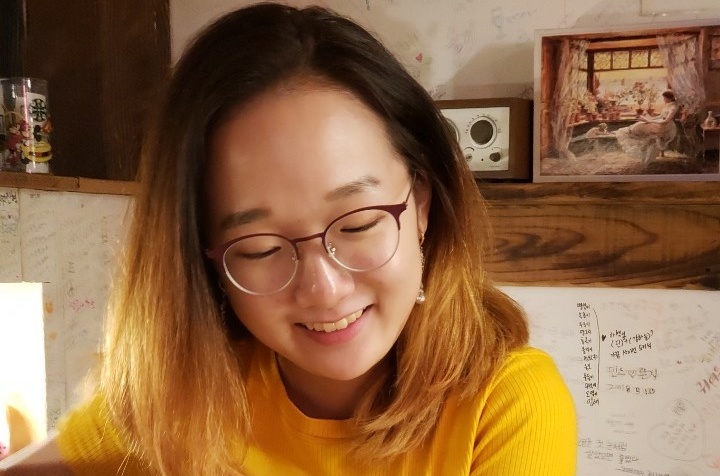
Buddi
Class: Sophomore Studio | Instructor: Kimberly Snyder
Targeted for users who have difficulty speaking about their emotions, Buddi guides users into developing healthy communication habits by having users chat and answer questions about their emotions, encouraging users to introspect.
It has an embedded microphone and speaker, and through voice technology, Buddi will ask questions for the user to verbally answer and will pick up on selected words in the answer to respond back. This will mimic an actual conversation between the user and Buddi in order to help users talk through their emotions to process what they’re feeling. By practicing verbal communication with this adorable avocado-pear creature, users will feel more comfortable when addressing emotional issues with friends and family.
There is also an additional BUDDING app to further enhance interactions with Buddi and to help maintain good emotional hygiene. As the user converses with Buddi, Buddi will record the conversation, transcribe it, and then upload the transcription into BUDDING for the user to access past conversations at any given moment and track their progress on this emotional and supportive journey.
![[nalu]](/sites/default/files/2020-12/lamp%20launchpad%20-%20Darye%20Kim.png)
[nalu]
Class: Sophomore Studio | Instructor: Kimberly Snyder
A decorative floor lamp for luxurious hotel lobbies, [nalu] serves to calm any visitors who come into the lobby with its small flickers of light. Inspired by the fluid clean motions of ocean waves, it utilizes optic fibers, acrylic rods, LED lights, and steel to implement this quiet magnificent aspect of water into the lamp’s design language. Through its delicate form with soft lighting, [nalu] brings peace and wonder to whoever sets their eyes upon it.
While using the water jet and welding seven sheets of steel precisely enough were challenging, incorporating optic fibers into my lamp proved to be the most difficult task. The fibers would only light up if light enters the fibers at a certain angle, and to solve this problem, my friend suggested that I place an acrylic rod in between LED strip lights and the fibers to diffuse the light as it reaches the fibers. This worked beautifully, and I 3D modeled little cylinders to attach to my optic fibers to create my form.
This project challenged me the most as I had to learn multiple skills and use all available resources around me to solve problems day by day, one by one. While the work was laborious, it resulted into creating [nalu] that I hope brings calmness to my audience.

Scoop - A - Story
Class: Sophomore Studio | Instructor: Kimberly Snyder
Scoop - A - Story is a language development toy that encourages children to create crazy, wild stories through their imaginations and cleverness, improving their self-esteem and strengthening creative expressions. It targets children ages four to five-year-olds who enjoy talking or coming up with silly stories, and this is best played in groups as to encourage socialization.
The children would build their own “ice creams” by stacking up scoops which would attach using magnets and decorate the scoops by sticking on small pictorial chips. The chips are separated by categories: subject, locations, actions, and adjectives. The children would use the chips they chose to create a story that connects all the chips together, and each set of ice cream would build on top of the previous story. To make sure the children listen to the one who is presenting their story, one ice cream would have a cherry with a voice amplifier that they can attach to the top of their ice cream to make the ice cream into a “microphone.”
Coming up with silly stories that everyone can laugh at while having a good time among friends are moments that both children and adults can enjoy and memories they can treasure.
